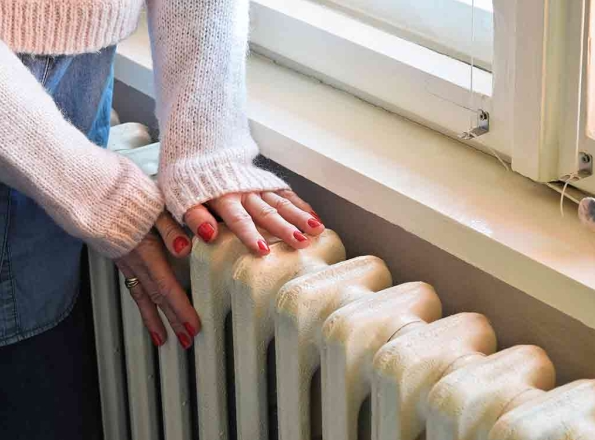26 October 2023
Don’t let damp and mould become a big issue
As we “splosh” into Autumn now is the time to check properties for damp and mould before the real winter sets in. Damp and mould are not only a liability which tenants do not thank you for, but a serious problem to the very fabric of a property. Shona Robertson reminds us of the various forms of damp and what can be done.
Condensation damp is indoor moisture on colder surfaces, common on windows in corners and behind furniture.
Penetrating damp is where water enters from the outside of the building due to structural defects.
Rising damp is typically found in older buildings comes out of the ground due to faulty or even no damp proofing.
Traumatic damp is caused by leaks or external factors like flooding.
Ultimately any damp can result in mould due to excess moisture, humidity and lack of ventilation.
For the landlord an annual check list should include all gutters. Walls for wet patches – particularly just above skirting which can cause plaster to blow. Seals around baths, showers and basins and toilet overflows. Roof inspection for missing tiles, especially ridge tiles. Leaks on internal pipework – radiators, inflow and waste pipes and boiler pressure. Fix leaks and damp issues as soon as they are known and tackle mould issues as soon as possible.
For the tenant, a reminder not to dry clothes on radiators. To run the heating to keep the property aired as a bare minimum. Close the bathroom door when having a shower or bath. Open a few windows for just five minutes most days. If it is an old house or one susceptible to damp put a ban on the use of wallpaper which can harbour damp.
There are many products on the market to deal with mould, but the most effective is to manage the property with regular inspections and contact with the tenant, so that damp or mould never become big issues.



